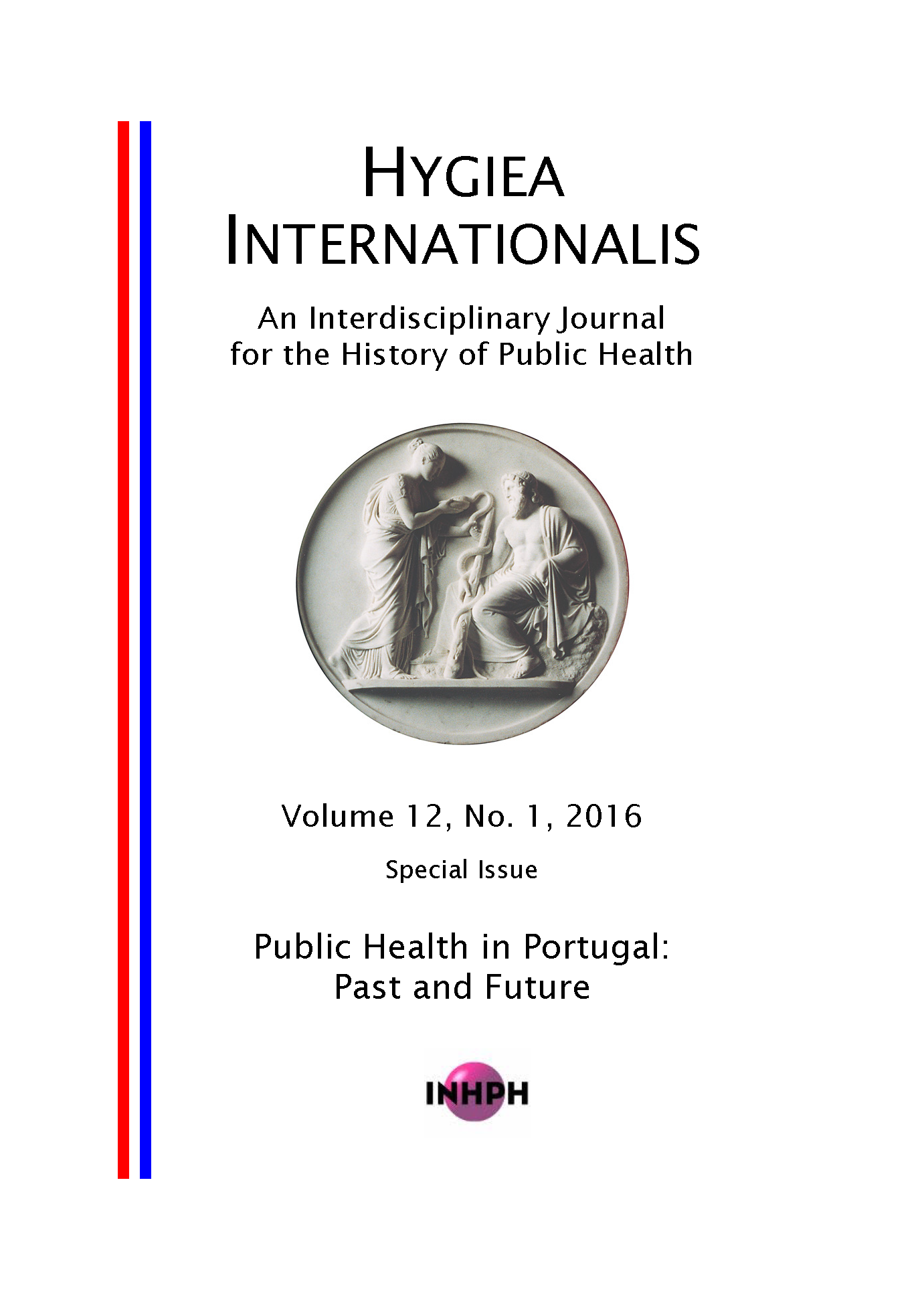Impact of the Demographic and Educational Structure on Health Outcomes
A Prospective Analysis for the Portuguese Population
DOI:
https://doi.org/10.3384/hygiea.1403-8668.1612187Keywords:
Projections, Aging, Educational level, Health status, Health care utilizationAbstract
The objective of this paper was to project indicators of health status and health care utilization in the Portuguese population for the period 2011-2031, considering the expected changes in its demographic and educational structure. Using projections of the Portuguese population by age, gender, and level of education, for 2011-2031, logistic regression models estimate current differences in health outcomes with the help of data from the Portuguese Health Survey. Such differences were applied to the projection results, in order to estimate trends in health outcomes. Our results point at a future improvement in self-reported health status and in the prevalence of chronic diseases, particularly among men, but also at the increased use of the considered health services (medical consultations and use of prescribed medicines).The trend scenario results in a lower prevalence of individuals who classify their health status negatively, in a lower use of medical visits and of prescribed medicines. We conclude that, beyond age and gender, other determinants of health, like education, should be considered when studying the possible evolution of health outcomes.Downloads
Published
2016-02-01
How to Cite
Oliveira Martins, M. R., Rodrigues, I., & Rodrigues, T. (2016). Impact of the Demographic and Educational Structure on Health Outcomes: A Prospective Analysis for the Portuguese Population. Hygiea Internationalis: An Interdisciplinary Journal for the History of Public Health, 12(1), 87–102. https://doi.org/10.3384/hygiea.1403-8668.1612187
Issue
Section
Articles
License
Copyright (c) 2016 the Author(s)

This work is licensed under a Creative Commons Attribution-NonCommercial 4.0 International License.






